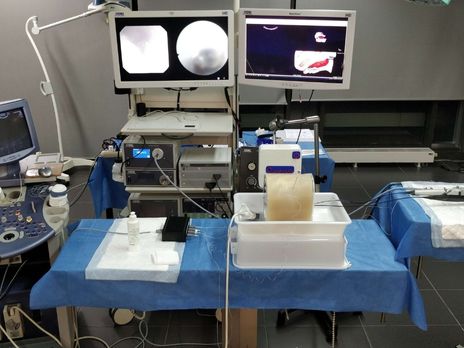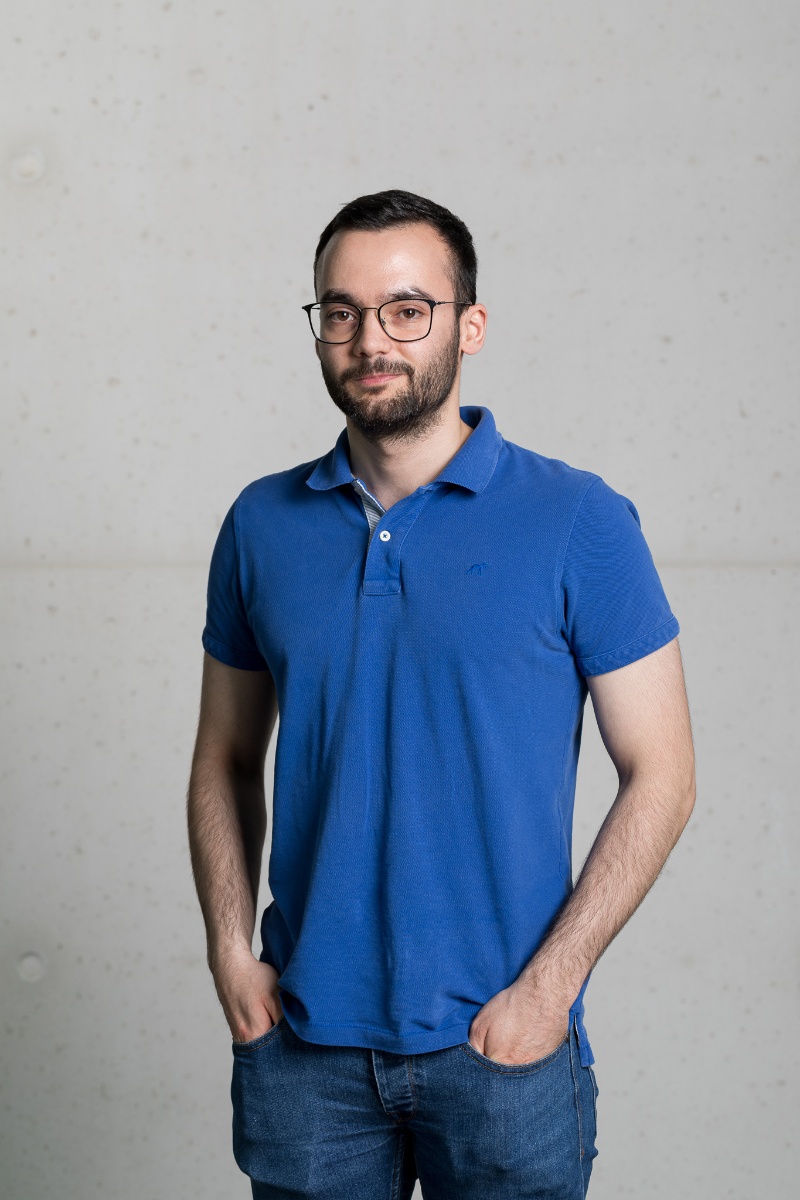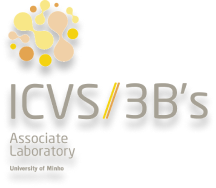Scientific Highlights
– B. Silva, I. Pessanha, J. Correia-Pinto, J. C. Fonseca, S. Queirós, “Automatic assessment of Pectus Excavatum severity from CT images using deep learning”, IEEE Journal of Biomedical Health Informatics, vol. 26, pp. 324-333, 2022. DOI: 10.1109/JBHI.2021.3090966
– B. Silva, B. Oliveira, P. Morais, L. R. Buschle, J. Correia-Pinto, E. Lima, J. L. Vilaça, “Analysis of Current Deep Learning Networks for Semantic Segmentation of Anatomical Structures in Laparoscopic Surgery”, 44th Annual International Conference of the IEEE Engineering in Medicine & Biology Society (EMBC), 2022.
– J. Cartucho, …, B. Silva, E. Lima, J. L. Vilaça, S. Queirós, S. Giannarou, “SurgT challenge: Benchmark of soft-tissue trackers for robotic surgery”, Medical Image Analysis, vol. 91, pp. 102985, 2024. DOI: 10.1016/j.media.2023.102985










